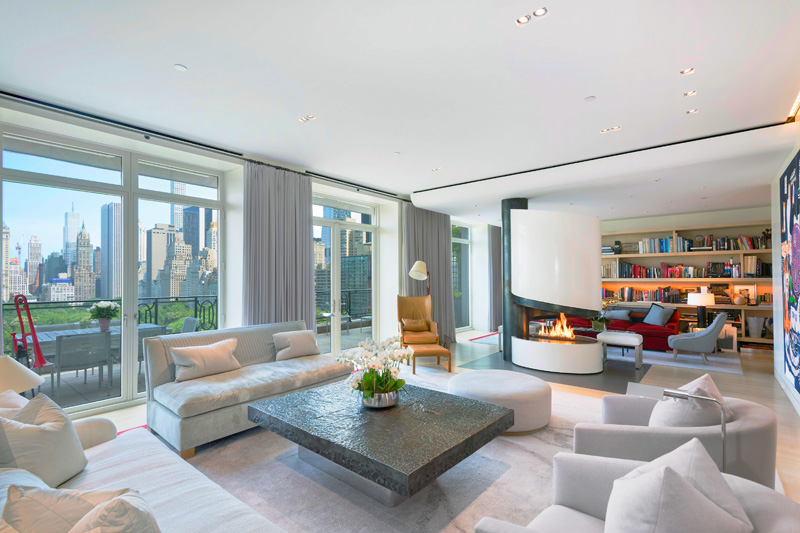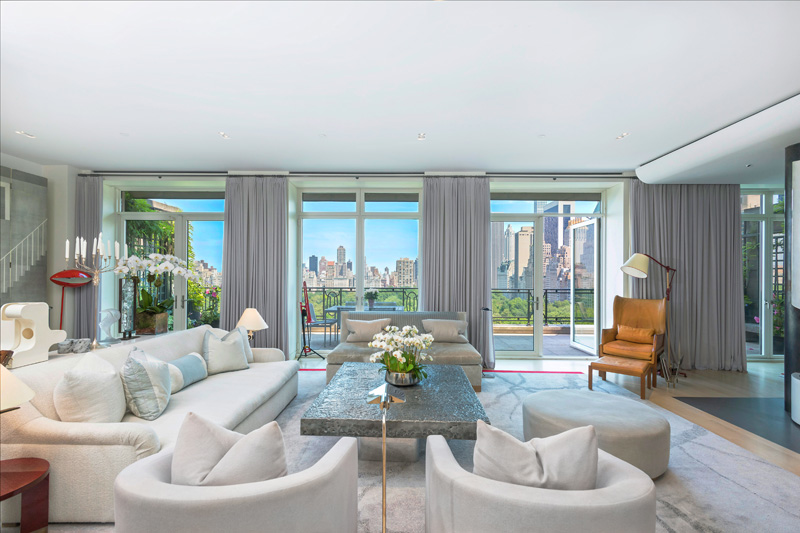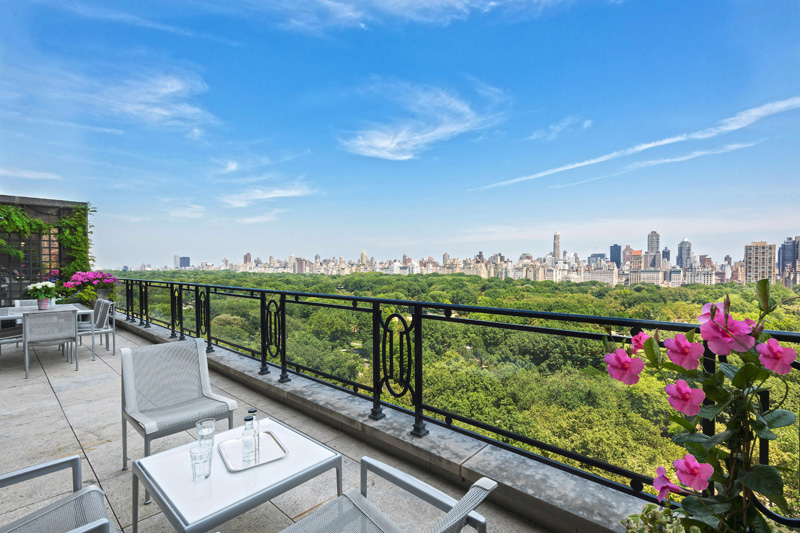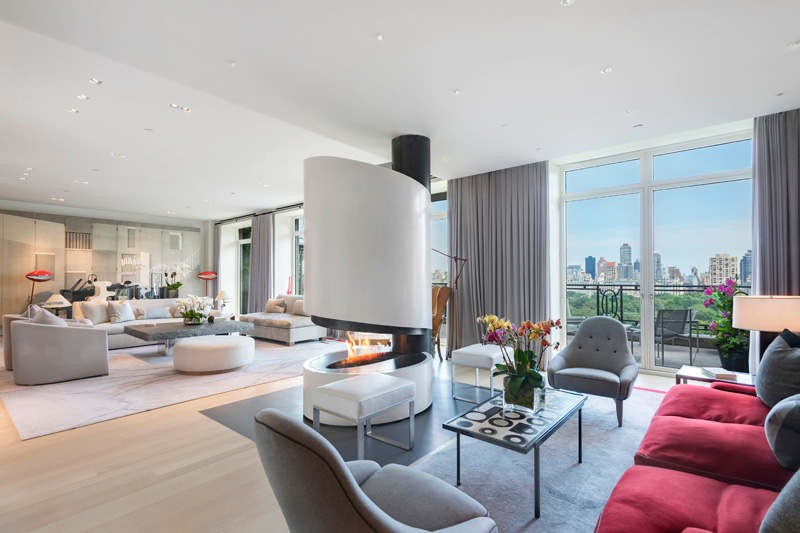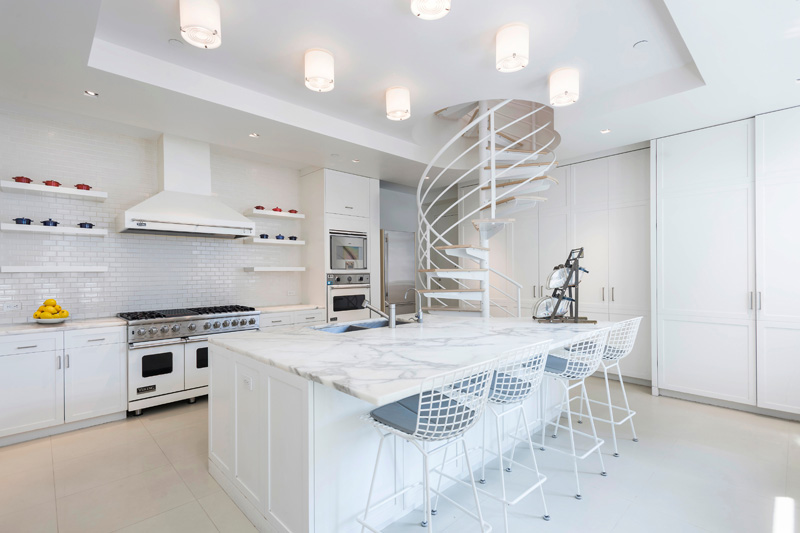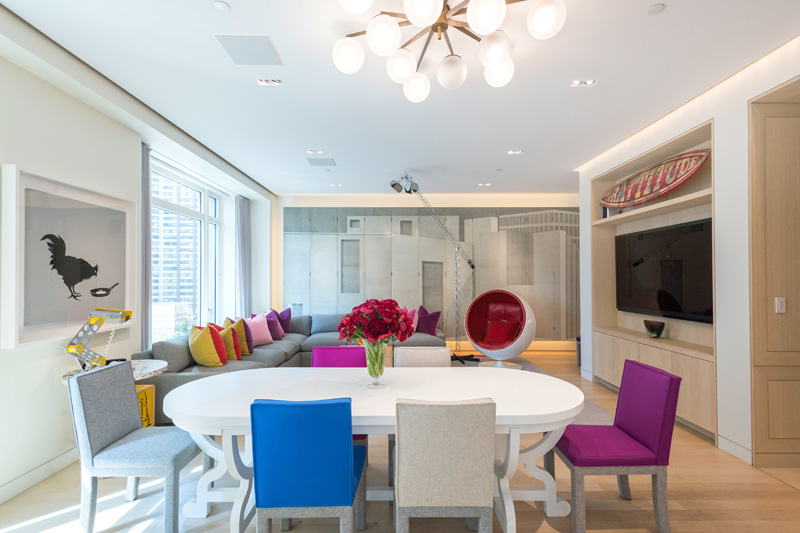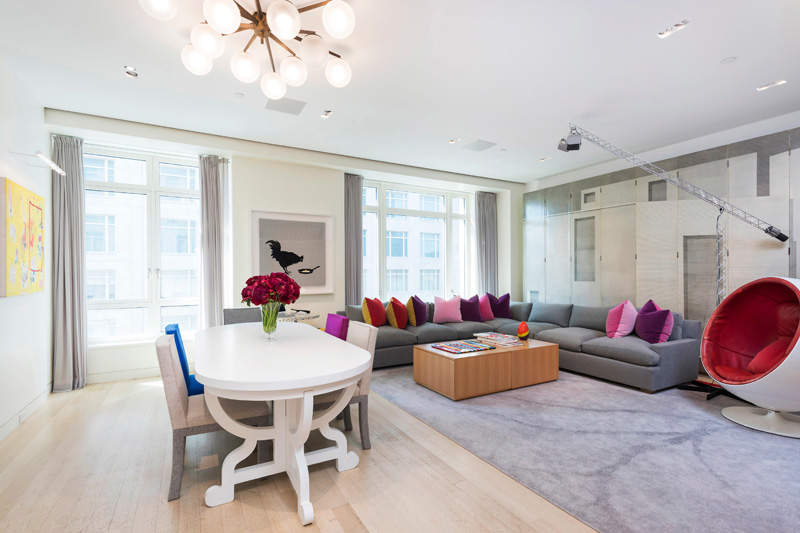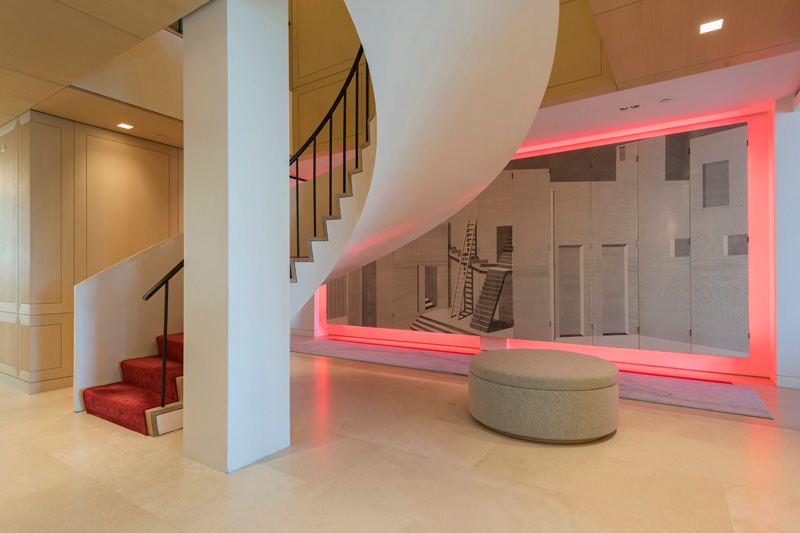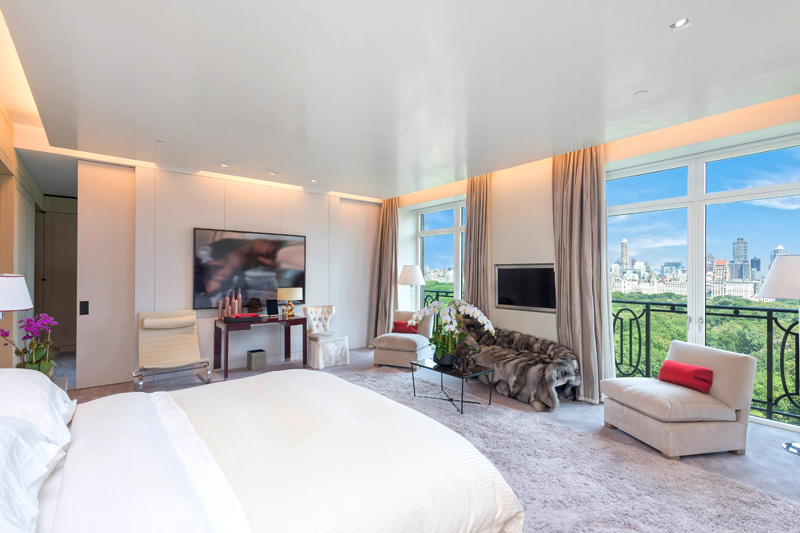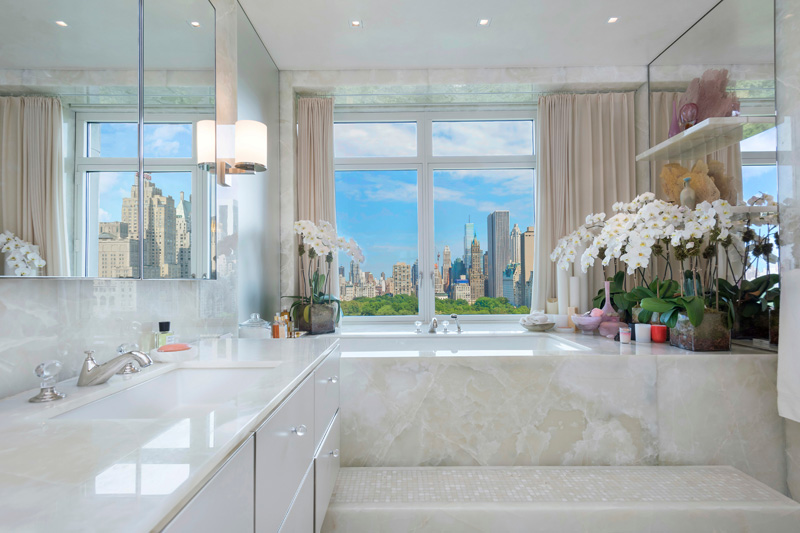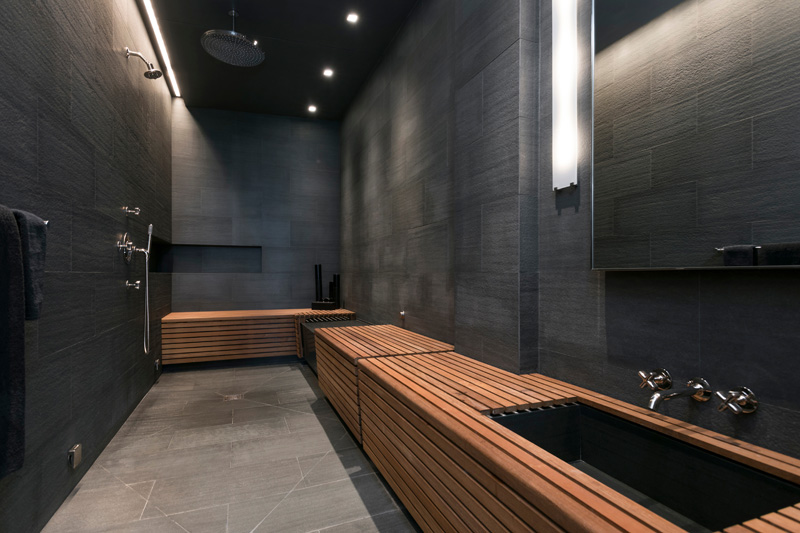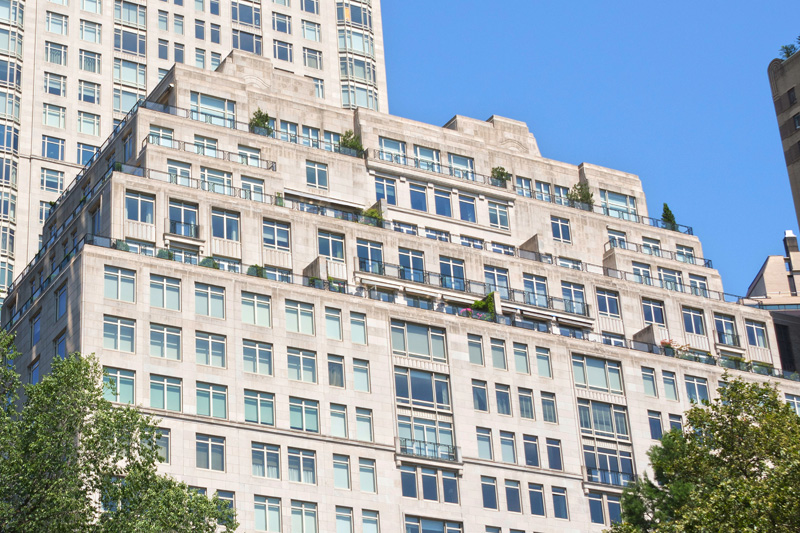If you’re willing to make a move and fit the qualifications, many rural American towns - and whole states - are offering attractive incentives aimed at attracting new residents and reviving their communities. Ranging from cash grants to free lots of land, these enticing incentives are luring many city dwellers to rural America.
At the beginning of the 20th century, rural America housed more than half the country’s entire population. While the total number of Americans living in rural areas has been roughly stable over the past century-as urban and suburban America have boomed-its share of the total population has declined, falling from 54 percent in 1910 to just 19 percent in 2010. This is due in part to outmigration to urban cores, especially by younger generations and the middle class.
This decline in population - and the accompanying social and economic challenges - is forcing rural America to come up with inventive incentives to attract new residents back to rural communities.
Tribune, Kansas is one such town with one such program. “If you move here, we will pay down your student debt,” explains Christy Hopkins, community development director for Kansas’ least populated county, Greeley (in which Tribune sits). This program, called the Rural Opportunity Zone program, incentivizes post-grads from big cities to move to under-populated towns in one of 77 participating Kansas counties. One of the incentives? They’ll help you pay off your student loans - up to $15,000 over the course of five years.
And it seems to be working, for both the town and its new residents. “We knew we needed young people in our community, and so we were looking for opportunities to bring them back,” explains Hopkins. “Since beginning the ROZ program, Greeley’s population has increased by 55 people-25 of them being direct program participants benefiting from the student loan incentives.”
Here are five towns and three states that offer a robust set of loans, programs, and/or assistance for those seeking to become homeowners:
Curtis, Nebraska
Population: 896
Median home value: $79,000
Dream of building your own home from the ground up? Curtis, Nebraska has a sweet deal for you: Construct a single-family home within a specified time period and receive the lot of land it sits on for free.
Marne, Iowa
Population: 114
Median home value: $75,300
Just 45 minutes east of Omaha, the town of Marne will give you a lot of land for free - all you have to do is build the house (conventional construction or modular) and meet program requirements. Houses must be a minimum of 12000 square feet, and the average lot size is approximately 80 feet x 120 feet.
Harmony, Minnesota
Population: 1,013
Median home value: $93,900
Dreaming of a peaceful life in a newly-built home in the Land of 10,000 Lakes? Good news: Your dream comes with a cash rebate. The Harmony Economic Development Authority offers a cash rebate program to incentivize new home construction in Harmony. Based on the final estimated market value of the new home, rebates range from $5,000 to $12,000 and there are no restrictions on the applicant’s age, income level, or current residency.
Baltimore, Maryland
Population: 621,849
Median home value: $123,000
Definitively not a rural town, Baltimore’s homeowner incentives were just too appealing and inventive to live off this list. Baltimore has not one but two programs offering robust incentives towards buying a home in the city. Buying Into Baltimore offers a $5,000 forgivable loan (forgiven by 20 percent each year, so that by the end of five years you no longer have a balance) if you meet certain qualifications. The second solution offered by the city is a brilliant one: the Vacants to Value Booster program offers $10,000 toward downpayment and closing costs of buyers to Vacants to Value (distressed or formerly distressed) properties.
New Haven, Connecticut
Population: 129,964
Median home value: $157,900
Also not a rural area, but offering an incredibly generous package of homeowner incentives: The city of New Haven, CT has a suite of programs totaling up to $80,000 for new homeowners, including a $10,000 forgivable five-year loan to first-time home buyers, $30,000 renovation assistance, and/or up to $40,000 for college tuition.
Alaska
Population: 741,894
Median home value: $268,800
Chances are, if you’re moving to Alaska, the state has a program for you. The state offers an interest rate-reduction program for those financing new or existing energy-efficient homes or improvements. Alaska also offers incentives for veterans and live-in caretakers of physically- or mentally-disabled residents. They even have a manufactured home program and a rural owner-occupied loan program. See the full list of programs here.
Colorado
Population: 5,540,545
Median home value: $337,900
Like most states, Colorado offers traditional programs that assist with down payments and low interest rates, but the state also has a disability program that helps first-time buyers who have a permanent disability finance their home. The state also has a down payment assistance grant that provides recipients with funds up to 4 percent of their first mortgage, which doesn’t require repayment.
Wyoming
Population: 585,501
Median Home Value: $195,400
Interested in buying a home with history (and maybe some wear and tear)? Wyoming just might be the place for you. The state offers programs like the Wyoming Rehabilitation & Acquisition Program, which takes homes that have been foreclosed on or abandoned and puts them back on the market for households with low incomes after they’ve been rehabbed. Wyoming offers another rehab program that allows for older homes to be “spruced up” if they need more than $15,000 worth of repairs.
Related:
- Do You Qualify for Treasury Down Payment Assistance?
- Pre-Wedding Bashes Can Put a Dent in Saving for a Home Down Payment
- The Down Payment Quandary: Trying to Save 20 Percent
from Zillow Porchlight https://www.zillow.com/blog/8-places-america-will-pay-move-222241/
 So, what happened that is causing housing costs to rise so much? A classic problem of supply and demand. “We’re in a really strong part of the recovery,” says Gudell, “and it comes down to not enough homes available to sell right now, but a lot of people demanding housing.”
So, what happened that is causing housing costs to rise so much? A classic problem of supply and demand. “We’re in a really strong part of the recovery,” says Gudell, “and it comes down to not enough homes available to sell right now, but a lot of people demanding housing.”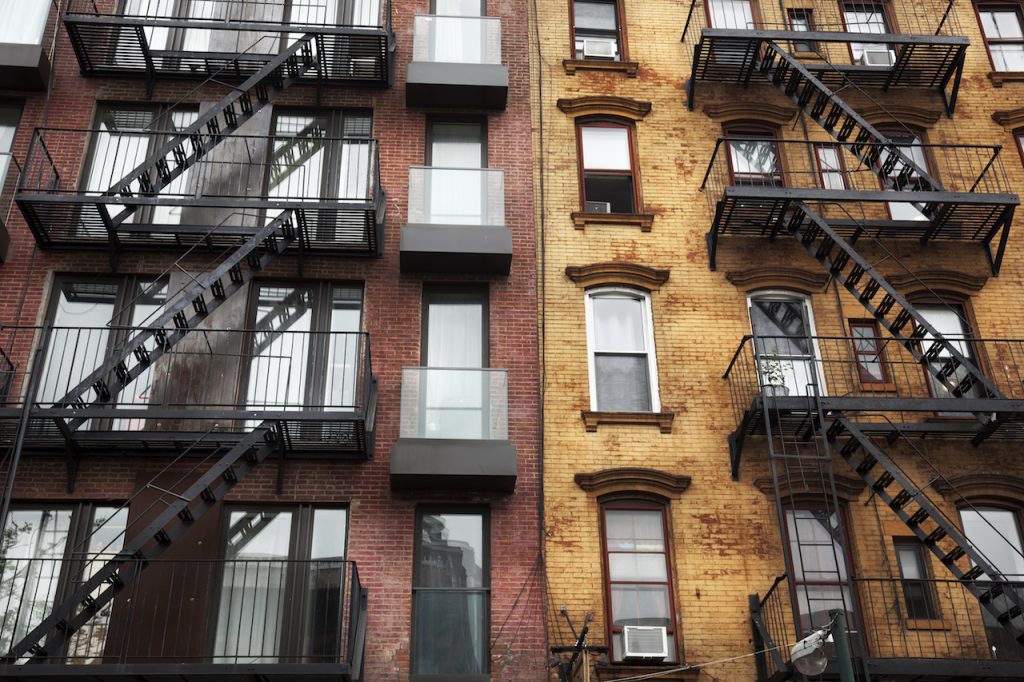 Unfortunately for potential buyers, there are not many choices that you can make in this situation of high demand/short supply. “You can choose to simply rent,” says Gudell, “but you end up missing out on wealth building because you don’t actually invest in equity by paying off a mortgage. Or you have to choose to move further out, where housing gets a bit cheaper, but then you face very long commutes.”
Unfortunately for potential buyers, there are not many choices that you can make in this situation of high demand/short supply. “You can choose to simply rent,” says Gudell, “but you end up missing out on wealth building because you don’t actually invest in equity by paying off a mortgage. Or you have to choose to move further out, where housing gets a bit cheaper, but then you face very long commutes.”